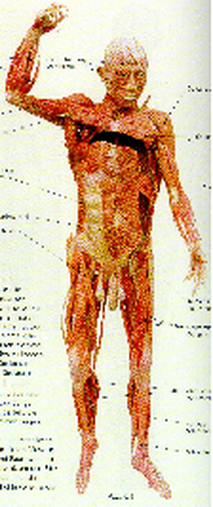
Description
Muscle tissue is a soft tissue, and is one of the four fundamental types of tissue present in animals. There are three types of muscle tissue recognized in vertebrates:
Function
Skeletal muscle or "voluntary muscle" are anchored by tendons (or by aponeuroses at a few places) to bone and is used to effect skeletal movement such as locomotion and in maintaining posture. Though this postural control is generally maintained as an unconscious reflex, the muscles responsible react to conscious control like non-postural muscles.
Colour
Mostly Red.
Shape
Many sizes and shapes.
Location
All over the Body, under the skin.
Muscle tissue is a soft tissue, and is one of the four fundamental types of tissue present in animals. There are three types of muscle tissue recognized in vertebrates:
Function
Skeletal muscle or "voluntary muscle" are anchored by tendons (or by aponeuroses at a few places) to bone and is used to effect skeletal movement such as locomotion and in maintaining posture. Though this postural control is generally maintained as an unconscious reflex, the muscles responsible react to conscious control like non-postural muscles.
Colour
Mostly Red.
Shape
Many sizes and shapes.
Location
All over the Body, under the skin.
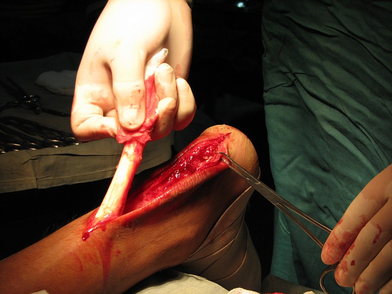
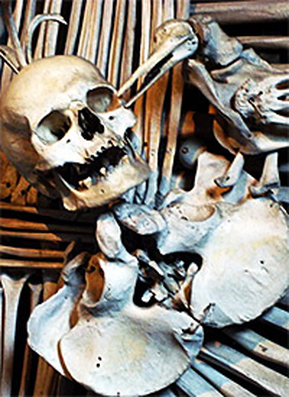
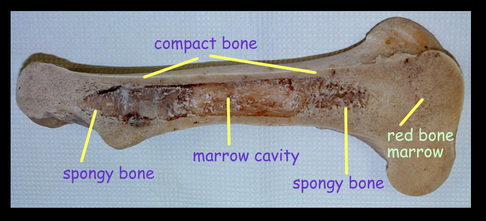
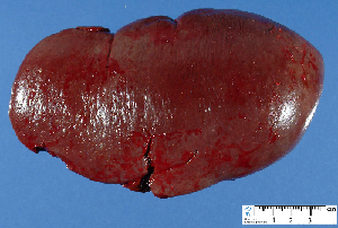
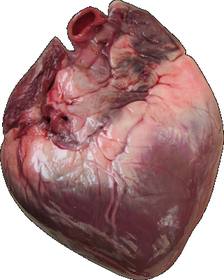
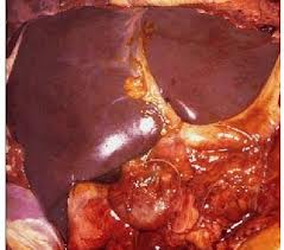
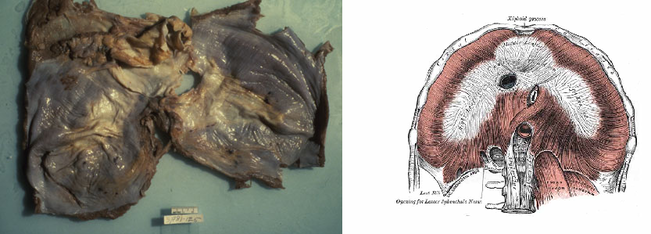
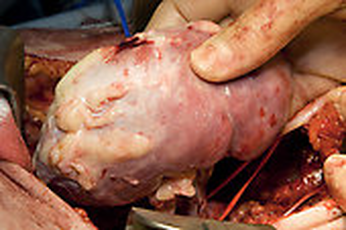
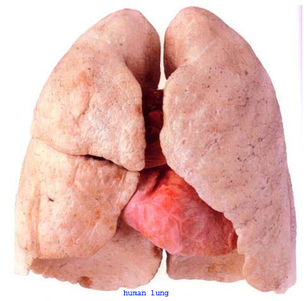
 RSS Feed
RSS Feed
